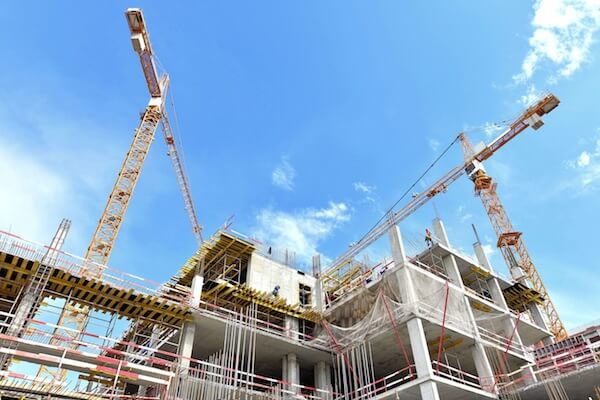How to Build a Building

Introduction:
Building construction is an intricate process that requires careful planning, coordination, and execution. From selecting the right site and designing the structure to choosing the best materials and employing skilled labor, each step is crucial in ensuring the success of the project. This article will explore the various stages involved in building construction and provide practical guidelines to help you construct a durable, sustainable, and efficient building.
Step 1: Site Selection and Analysis
Choosing an appropriate site for your building is critical to its future success. Consider factors such as:
– Proximity to available resources such as water, electricity, and transportation;
– Environmental constraints (e.g., flooding or soil contamination risks);
– Geological factors (e.g., soil type and load-bearing capacity);
– Regulatory frameworks (e.g., zoning regulations).
After identifying potential sites, conduct thorough site analysis by consulting with surveyors, geotechnical engineers, environmental consultants, and local authorities.
Step 2: Design Phase
The design phase involves developing architectural plans, structural engineering drawings, mechanical, electrical, and plumbing (MEP) layouts. Collaborate with experienced architects and engineers who can create functional and aesthetically pleasing designs that meet your specific requirements while complying with relevant building codes and standards.
Step 3: Obtain Permits
Before commencing construction work, obtain the necessary permits from local authorities. This process may involve providing detailed architectural drawings of the proposed structure, conducting impact assessments on factors such as traffic flows or local ecosystems, demonstrating compliance with safety codes and regulations.
Step 4: Budgeting & Financing
Develop a detailed budget that covers material costs, labor expenses, permit fees, insurance premiums, equipment rentals or purchases. Secure financing for your building project through traditional bank loans or alternative methods such as private lenders or even crowdfunding.
Step 5: Hiring Contractors & Subcontractors
Invite bids from reputable contractors who have experience in constructing buildings within your scope of work. Carefully evaluate the suitability of each contractor by analyzing their reputation, previous experience, and price competitiveness. Once you have finalized your contractors, sign a binding contract that details project timelines, payment terms, and a clear scope of work.
Step 6: Construction Process
Monitor and manage the construction process to ensure it conforms to the established timeline and budget. Recruit a project manager or superintendent to oversee daily activities on-site, verify the quality of materials and workmanship, address safety concerns, communicate with stakeholders, and streamline the decision-making process.
Step 7: Inspections & Certifications
Throughout the construction process, you will need to hire independent inspectors who can verify that your building adheres to local building codes and regulations. Once construction is complete, obtain a final inspection report and certification of occupancy from local authorities before using the space.
Conclusion:
Building construction is a complex and multidimensional endeavor that demands attention to detail, proper planning, and collaboration among various stakeholders. Following these steps will help you create a structure that offers long-lasting value and meets your specific needs. Remember to conduct ongoing maintenance on your building to ensure it continues to perform optimally for many years to come.






